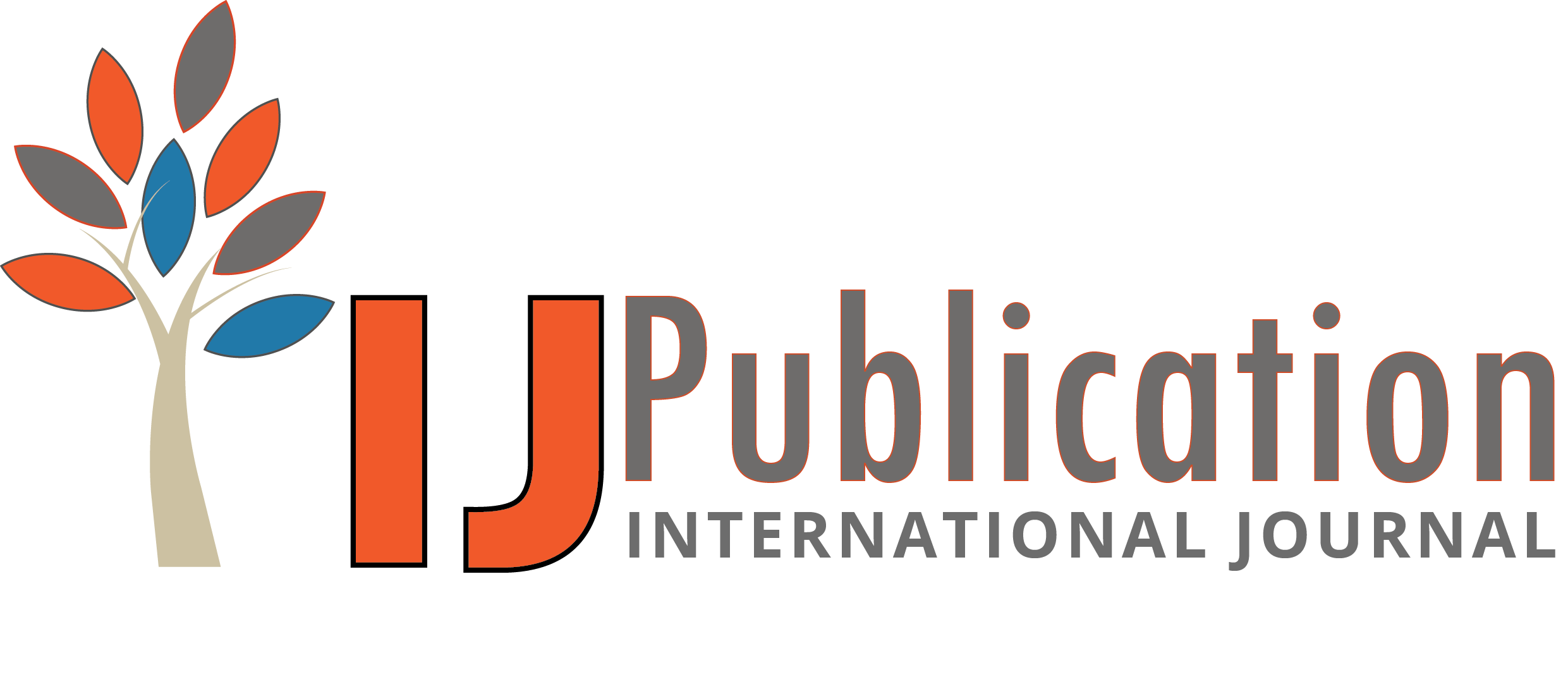Shachi Ghanshyam Sayata Reviewer
03 Oct 2025 10:10 AM
 Approved
Approved
Relevance and Originality This article is timely and highly relevant, as it tackles the growing challenges faced by the media industry in an era of rapidly evolving digital platforms and shifting consumer expectations. By focusing on the collaboration between AI and human expertise, the article shifts away from the common narrative of AI as a disruptive force replacing human roles. Instead, it explores a more progressive view of AI as an enabler, enhancing creative workflows and operational efficiency. This approach is original in its focus on the symbiotic relationship between AI and human creativity. However, the article could be even more impactful if it were to include specific examples of AI-human collaboration in the media industry to show the real-world applications and outcomes of these ideas.Methodology The article presents a conceptual analysis of the role of AI in media workflows, offering a broad overview of the potential benefits of AI-human collaboration. While the theoretical framework is strong, the methodology lacks empirical support or data from real-world case studies that would validate the proposed benefits. To improve the methodology, it would be helpful to include examples of successful AI integrations in media organizations or detailed case studies that show how these systems have been implemented. Additionally, an exploration of the challenges faced by organizations when adopting AI could provide a more balanced view of its effectiveness.Validity & Reliability The conclusions presented in the article are well-reasoned, particularly in their emphasis on the complementary strengths of AI and human expertise. The argument that AI can enhance creativity and operational efficiency is compelling, but the reliability of the findings would be enhanced by supporting them with real-world evidence. Including performance metrics or case studies from media companies that have successfully implemented AI-human collaboration would strengthen the validity of the article's claims. Furthermore, the article would benefit from a discussion of potential challenges or limitations of AI in creative processes, such as biases in algorithms or technical constraints.Clarity and Structure The article is well-organized, with each section logically leading into the next, making it easy to follow. The flow from the introduction of media industry challenges to the discussion of AI's potential is clear and accessible. However, some sections, especially those discussing the integration of AI into creative workflows, could benefit from additional clarification. For instance, simplifying complex terms or providing more detailed examples would help readers, particularly those with limited technical knowledge, better grasp the nuances of the AI-human collaboration model. Visual aids or diagrams illustrating AI’s role within these workflows could also improve comprehension.Result Analysis The result analysis is insightful, emphasizing how AI can enhance various aspects of media workflows, from automating tasks to fostering creativity. However, it could benefit from a deeper exploration of the tangible outcomes of these collaborations. For instance, how do AI-driven improvements in workflow efficiency impact overall content production timelines, quality, or audience engagement? While the article discusses the theoretical benefits of AI-human collaboration, it would be strengthened by providing measurable outcomes or metrics that demonstrate its actual effectiveness. Additionally, a more in-depth look at potential challenges, such as how AI might be limited by data quality or how human creativity might be stifled by over-reliance on technology, would provide a more nuanced view of the future of AI in media.








Shachi Ghanshyam Sayata Reviewer